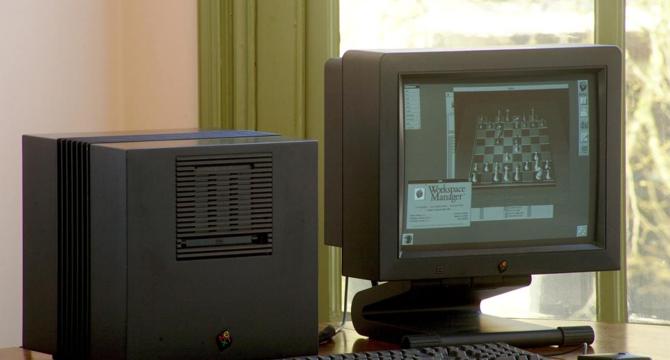Digitaltrends
1M
435

Image Credit: Digitaltrends
35 years ago, Steve Jobs launched an obscure operating system that changed everything
- NeXTSTEP, a computer operating system launched by Steve Jobs after he was forced out of Apple, celebrated its 35th anniversary on September 18, 1989, and though it has been discontinued, it's had a monumental impact on computing history and development.
- It was NeXTSTEP that paved the way for macOS and all of Apple's other modern operating systems, and in addition, the World Wide Web was dreamed up on it as well.
- The macOS Dock, large full-color icons, drag-and-drop functionality across the operating system, scrolling and window dragging, properties dialog boxes, and keyboard shortcuts are some of the things that NeXTSTEP was responsible for.
- The Electronic AppWrapper, the forerunner of modern app stores, was created on NeXTSTEP. It was a catalog for distributing apps, music, fonts, clip art, and other software, well ahead of its time.
- NeXTSTEP's power made it an excellent resource for programmers and app developers. It found its way to CERN, the nuclear research organization, and helped computer scientist Tim Berners-Lee to create the World Wide Web.
- Berners-Lee also used NeXTSTEP to develop the world's first web browser, which he named WorldWideWeb. The popular games Doom and Quake were also created on the system.
- The legacy of NeXTSTEP lives on in terms of software features still in use and the things it was used to create, even though it remains relatively unknown.
- Apple formally bought NeXT in 1997 for $429 million, bringing Steve Jobs onboard and eventually leading to the first launch of Mac OS X, ending active development of NeXT's operating system.
- Despite its small sales numbers, NeXTSTEP had an outsized influence on computing and was held up as a trendsetter for its many innovations, with other companies quickly copying its ideas in their own systems.
- The combination of NeXTSTEP and Apple's existing software led to the first launch of Mac OS X, ending active development of NeXT's operating system, and bringing about Apple's resurgence as a global rockstar.
Read Full Article
26 Likes
For uninterrupted reading, download the app